Alright – so today we’ve got the honor of introducing you to Ashley Walsh. We think you’ll enjoy our conversation, we’ve shared it below.
Hi Ashley , thanks for joining us today. Let’s start big picture – what are some of biggest trends you are seeing in your industry?
The Psychedelic Renaissance: Healing Through a New Lens
At Inner State, Inc., a psychedelic biotech company developing women’s therapeutics for mental health and wellbeing, we operate at the intersection of three transformative sectors. But for this conversation, I want to focus on one of the most dynamic and rapidly evolving: the psychedelic space.
Psychedelics are emerging not as consumer products, like cannabis, but as legitimate healthcare interventions. This shift is profound. It reflects a growing cultural and scientific recognition that these compounds aren’t recreational novelties—they’re powerful tools for deep, often life-saving, healing.
Trend #1: A New Scientific Era for Women’s Health
The first major trend I’m seeing—long overdue but gaining momentum—is a focused, national commitment to women’s health in medical research.
From the Melinda Gates Foundation to Maria Shriver’s Women’s Alzheimer’s Movement, we’re witnessing a shift in funding and attention toward women-specific health needs. In psychedelics, this is finally taking root. I was recently on a panel at SXSW titled “Women’s Health and Psychedelics” alongside thought leaders like Stephanie Karzon Abrams, Dr. Emeran Mayer, and Dr. Suzanne Gilberg. What struck me most wasn’t just the depth of discussion—it was the packed room, buzzing with curiosity. People of all genders wanted to know: How do psychedelics work differently for women?
This isn’t just theoretical. At Inner State, we’re investigating whole-mushroom psilocybin at The Ohio State University. One of the use cases we hope for will be for protocols for breast cancer survivors, where hormonal shifts play a significant role in how the medicine works which we’re will also extend. female veterans, where the interplay of trauma, hormones, and healing presents a unique therapeutic opportunity.
Trend #2: Veterans Are Driving Policy—and Public Understanding
Veterans have long led the charge in psychedelic therapy advocacy, especially for PTSD. What’s new is the growing mainstream recognition and policy traction their voices are generating.
This shift is influencing the FDA and accelerating clinical trials.
Our next commitment to female veterans was deeply inspired by Lynn Watkins, a former JAG officer. Her powerful story—shared on Psychedelics Today—brought into sharp focus just how underserved this community is, and how urgently targeted, effective care is needed. Psychedelics offer that potential, and her experience helped crystallize that mission for us.
We are truly at the tip of the iceberg. Psychedelics are re-emerging not as a curiosity, but as a movement—rooted in science, driven by need, and guided by communities too long overlooked.
The question is no longer “Will psychedelics become part of healthcare?” They already are.
The real question is: Who will this industry serve first—and best?
At Inner State, we’re committed to making sure the answer includes women, veterans, and all those who have waited too long for healing.
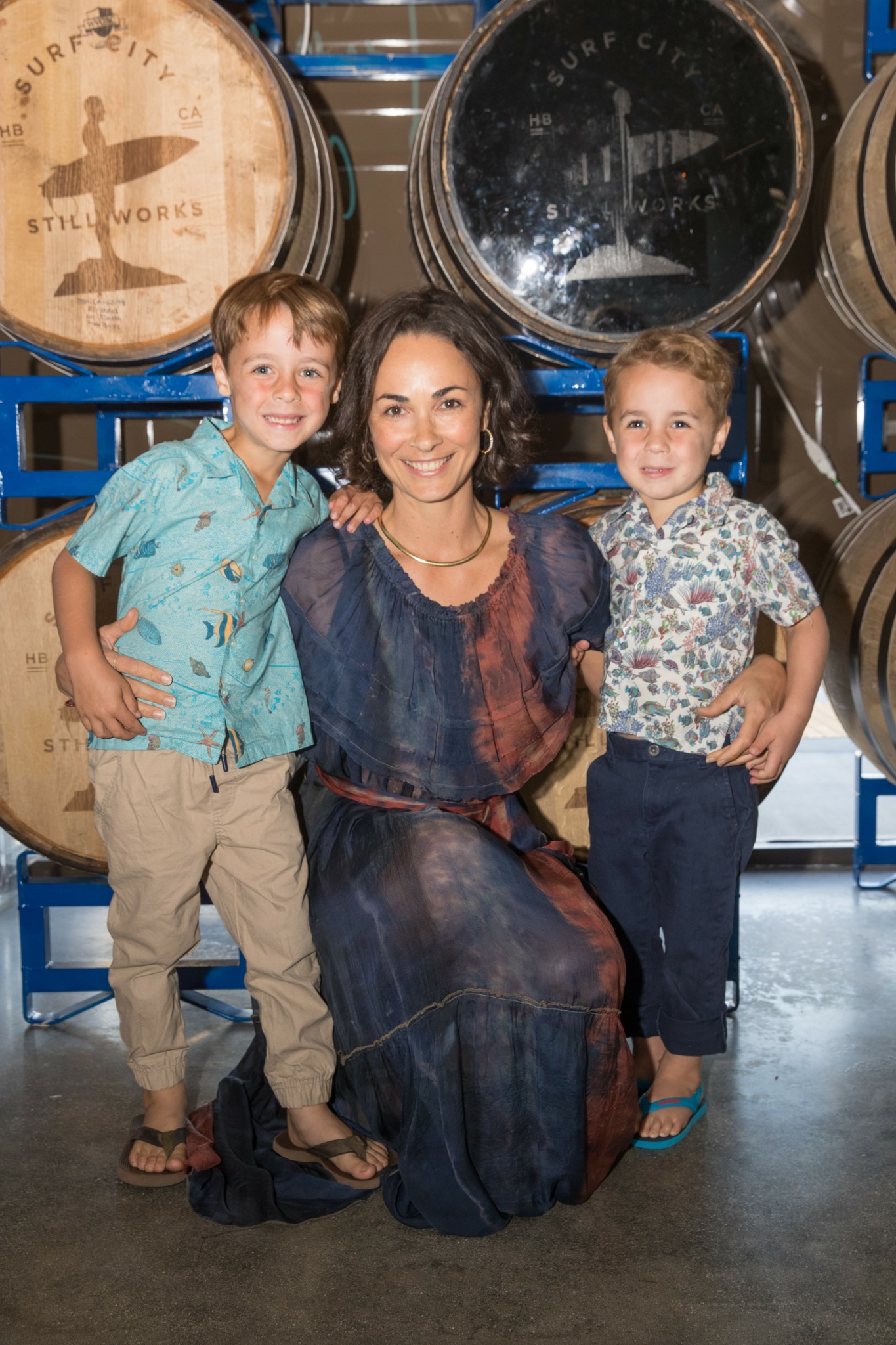
Ashley , before we move on to more of these sorts of questions, can you take some time to bring our readers up to speed on you and what you do?
My dad used to say, “You’re unemployable”—and he wasn’t wrong. Entrepreneurship runs in my blood. I always knew I’d build something of my own, though I never imagined that journey would include both a mezcal brand and a psychedelic biotech company. Yet, both ventures reflect who I am at my core.
I grew up in Hawaii, where my father founded the first cacao plantation in the U.S. I spent my childhood on the land, watching people experience healing through chocolate—curing heart pain, soothing stress. That’s where I first learned: food is medicine.
Years later, I co-founded Kimo Sabe Mezcal with my dad. Our vision was to bridge modern innovation with ancient ritual—creating a smoother, more approachable mezcal. We took heat for challenging tradition, but like California wine disrupted French dominance, we believed in our perspective. That experience gave me tough skin and taught me to defend a vision, even when it’s uncomfortable.
That lesson became invaluable in my next chapter. In the middle of the pandemic, navigating divorce with a 1- and 3-year-old at home, I began microdosing psilocybin to support weaning and manage anxiety and depression. I experienced profound healing—and so did other women around me. I noticed a gap: synthetic psilocybin trials on one end, unregulated whole mushroom use on the other. But no science on the whole mushroom’s entourage effect. So I started Inner State, a psychedelic biotech company for women’s therapeutics.
Starting a company while rebuilding my life was daunting. I thought I knew what it took—turns out, launching a second company is as different from the first as raising a second child is from your first. Still, in July 2021, Inner State was born. With persistence (and a lot of synchronicity), we partnered with Ohio State University to become one of the first to secure a DEA Schedule I license for whole psilocybin mushroom research. It was a major win for a small company—and for the vision I refused to abandon.
A turning point came while updating our pitch deck. My mentor, Catherine Powell, asked, “Why aren’t you focused on women’s health?” It hit me like a lightning bolt. I wasn’t just here to innovate—I was here to advocate. Advocate for the healing I’d experienced, and for the many women who deserve access to this kind of care.
Some investors saw it as a limitation. I saw it as alignment. And once I embraced that clarity, doors started opening. As Carl Jung said, “Synchronicity is an ever-present reality for those who have eyes to see.”
The path remains rocky—funding for women’s health is still underwhelming—but tides are turning. From Kennedy’s endorsement to the support of Surgeon General nominee Casey Means and VA Secretary Doug Collins, momentum is rapidly building.
At Inner State, we are now preparing to fund clinical trials supporting breast cancer survivors through microdosing—addressing chemo brain, immune suppression, and hormone imbalances.
As a mother of two boys, I want them to see their mom not only building companies, but standing up for women—mothers, sisters, survivors—who need more healing, more science, and more hope.
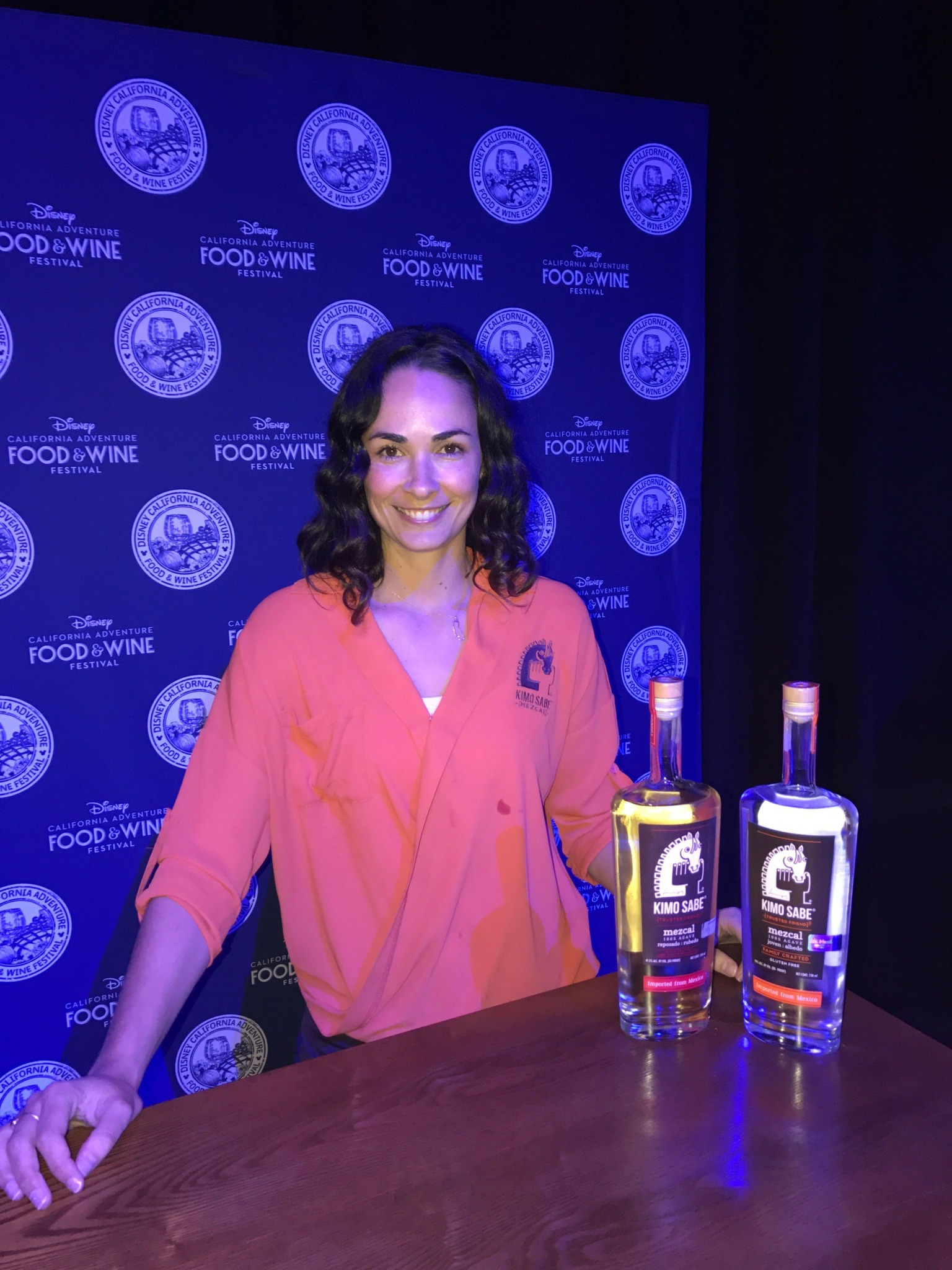
What’s a lesson you had to unlearn and what’s the backstory?
Building each company has been like raising a completely different child. I assumed that once you’d built one, you knew how to build them all—but I was wrong.
My first company was a consumer product brand. We produced in Mexico, imported to the U.S., and navigated the highly regulated alcohol industry. I dealt with compliance, logistics, and marketing—and figured that experience would prepare me for anything, including another regulated product in a different industry.
But federal landscapes are not interchangeable. Each comes with its own maze of agencies, laws, timelines, and cultural codes. What I thought was transferable knowledge turned out to be just a starting point. I quickly learned that research—especially in the context of Schedule I substances—is an entirely different beast: slow-moving, bureaucratic, and deeply layered.
In the consumer world, delays come from things like co-packers. You lose some control, but timelines are relatively short. In the world of science and federal approvals, you have to surrender to long timelines, uncertain outcomes, and an entirely different kind of patience—one rooted in humility and persistence.
Pushing boundaries always requires navigating systems. What I didn’t realize at first is that each system speaks its own language and follows its own rhythm. I’ve had to study patterns, learn how to move within them, and adapt accordingly. What I’ve gained is the understanding that—just like with kids—no two companies are the same. Each one asks something different of you.
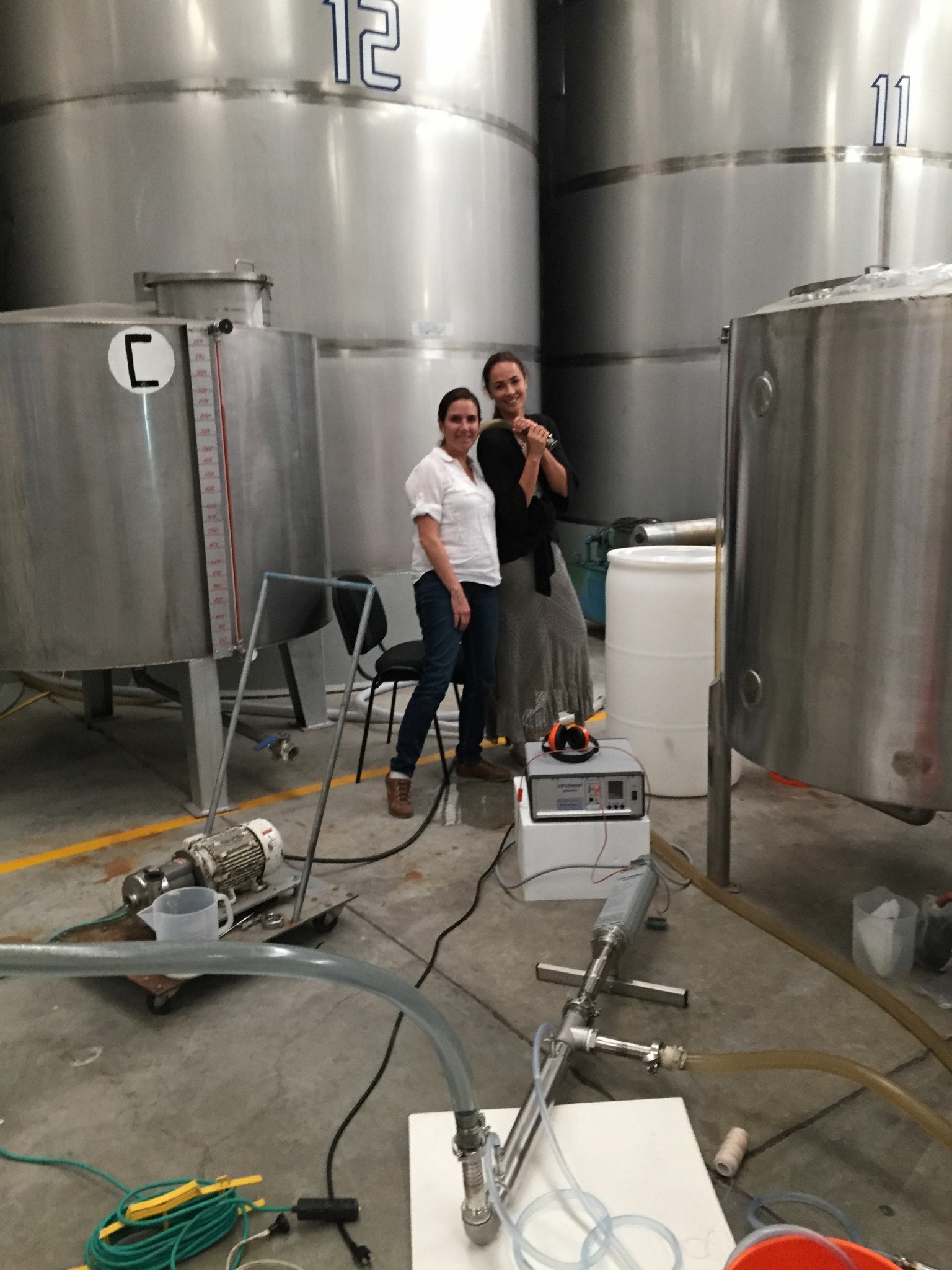
Can you talk to us about manufacturing? How’d you figure it all out? We’d love to hear the story.
Mezcal has to be made in Mexico, and when my dad and I launched our company 11 years ago, our vision was clear: create a more sustainable, consistent, less smoky, and more affordable mezcal. That kicked off a year-long journey across Mexico to find the right distillery partner—someone who not only had the technical capability but also believed in our vision and was willing to do things differently.
Most of Oaxaca was deeply rooted in traditional, ancestral methods—which we respected—but we wanted to evolve the model. That search eventually led us to Zacatecas, where we found a partner with a beautiful agave farm, modern equipment, and a willingness to innovate while honoring the spirit of the craft.
We even replumbed the distillery to install our sonication equipment—no small feat. But the result was exactly what we hoped for: a smoother, less smoky mezcal that held onto authenticity while offering a new flavor profile. It took nearly a year to dial in the right agave blend, distillation process, and flavor balance.
The moment we filtered out the first taste of what would become Kimo Sabe Mezcal Joven, I teared up. It was the embodiment of the vision we’d fought to bring to life—and to this day, it’s still the only mezcal I drink.
Contact Info:
- Website: https://www.innerstate.me
- Linkedin: https://www.linkedin.com/in/ashleydwalsh/
- Other: https://www.oprahdaily.com/life/a60874200/ashley-walsh-inner-state/
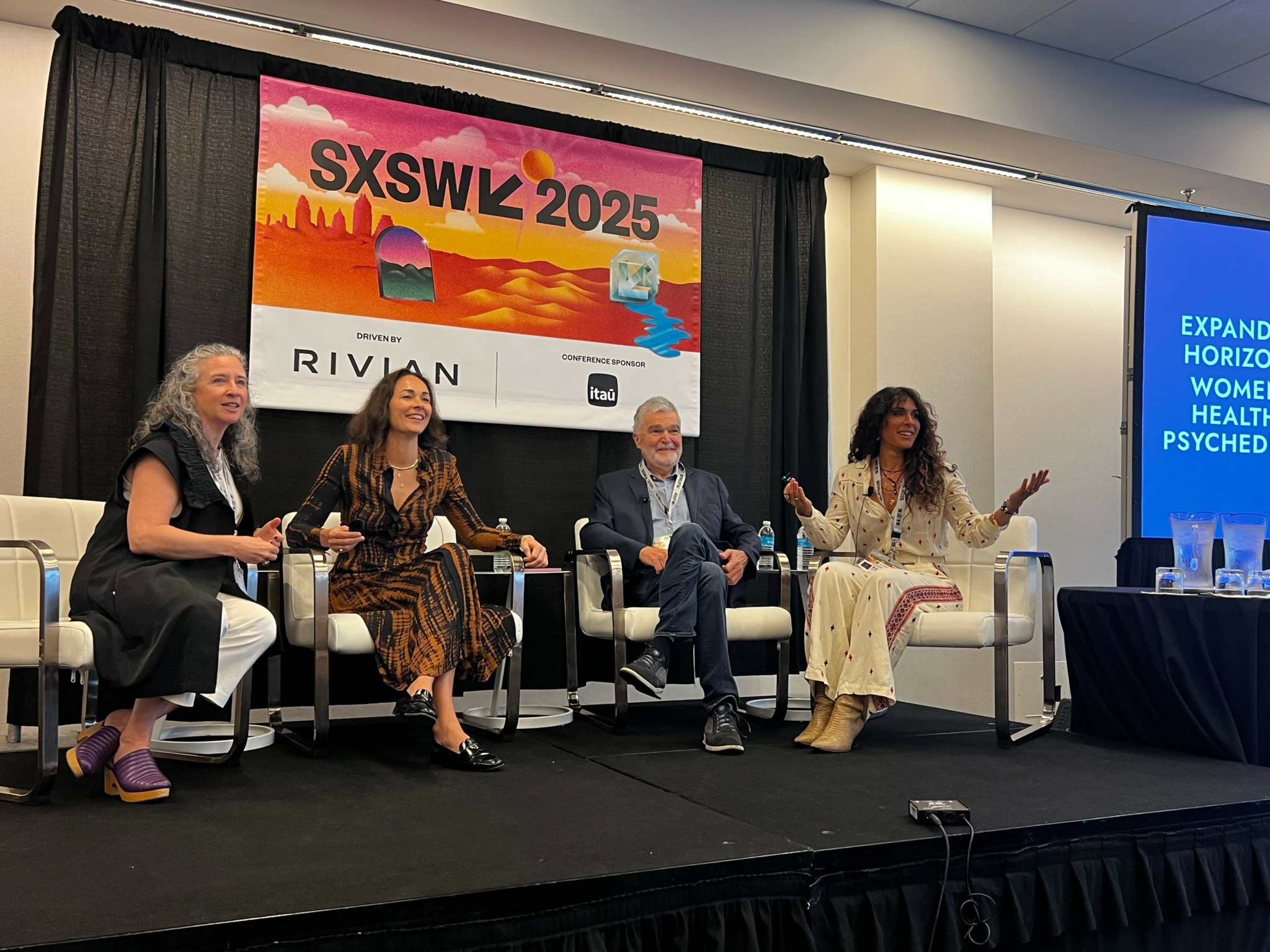
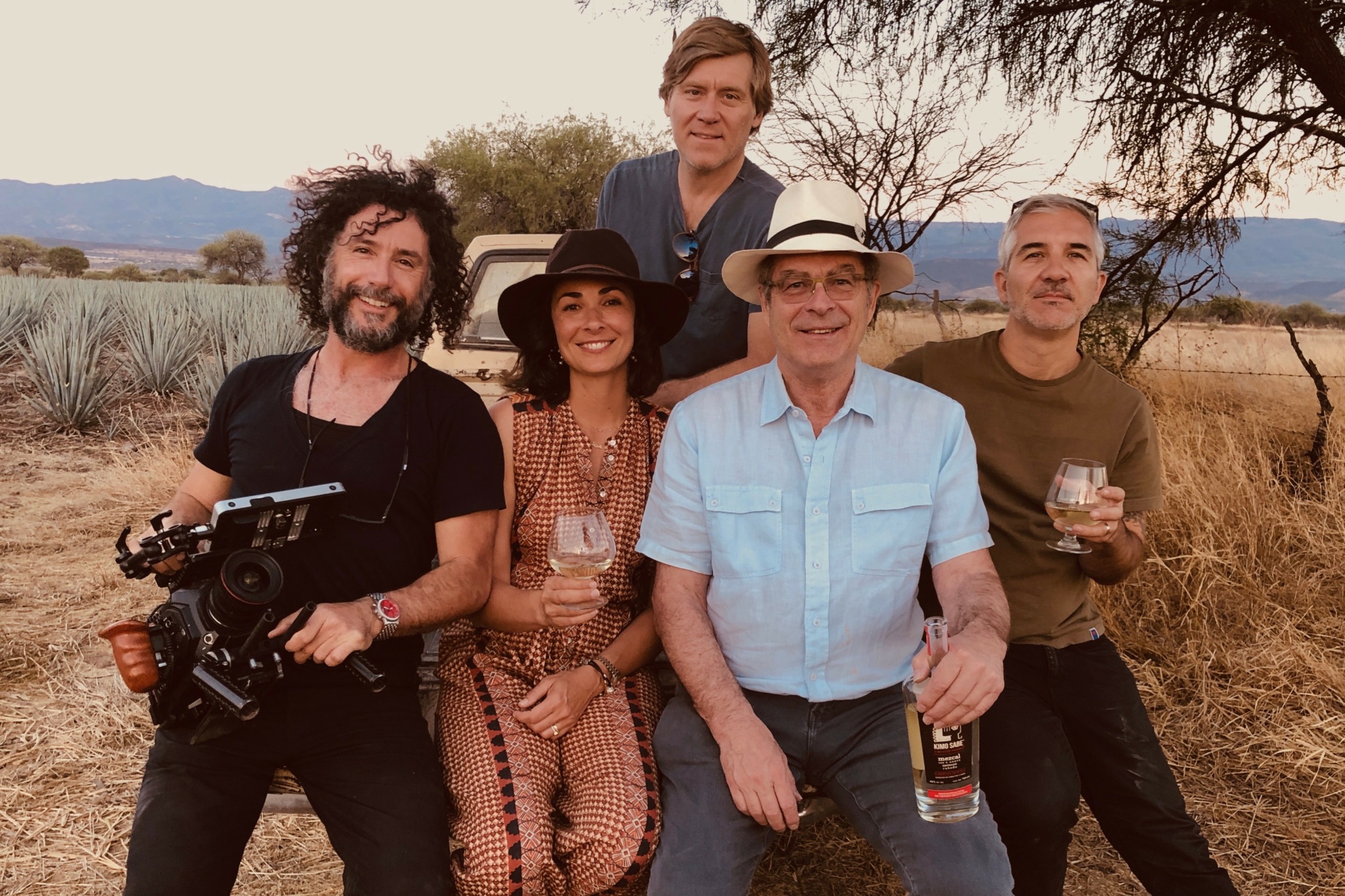
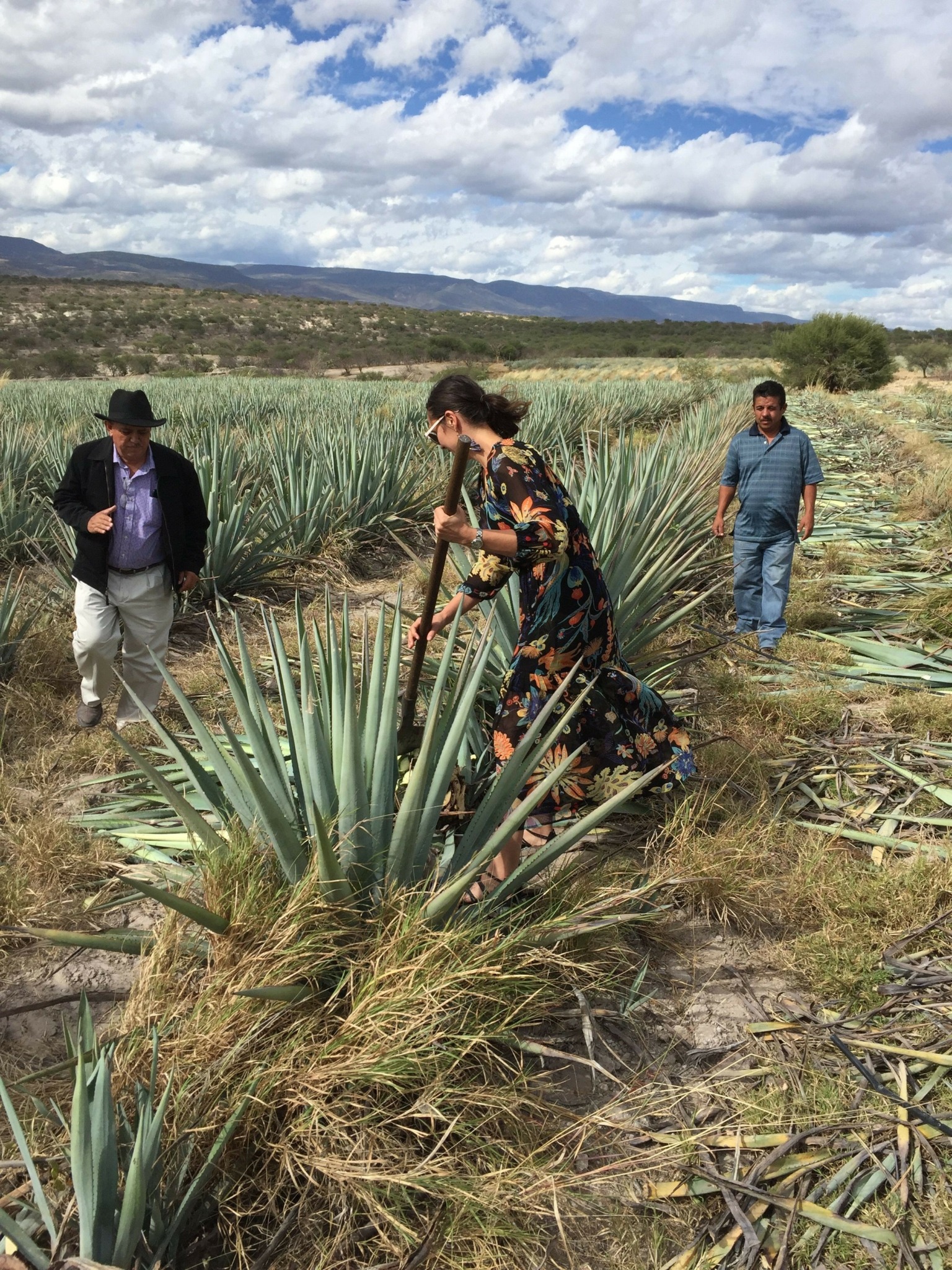
Image Credits
Katelyn Radar


